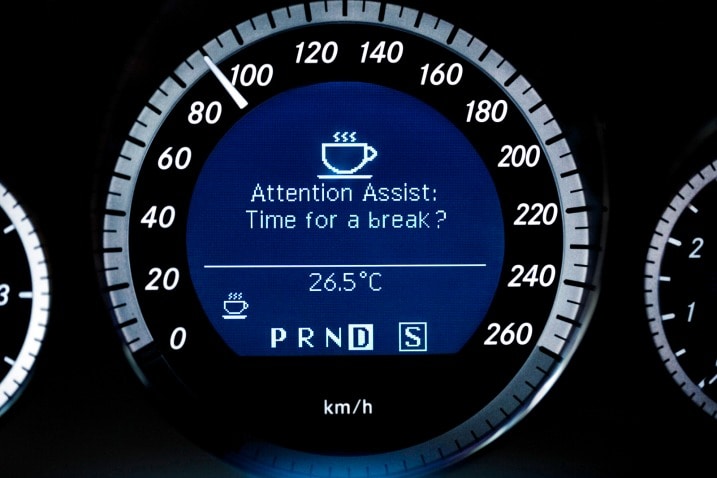Crash Avoidance: How Effective?
Such stay-alert systems are so new that independent evaluations are sparse. "We are still in the process of trying to evaluate whether or not these technologies that have been put out in the field are helping drivers," the IIHS's Zuby says. "The jury is still out."
Nevertheless, there are conclusions for a related collision-avoidance feature called City Safety, which is available in the Volvo XC60 (a midsize crossover utility vehicle) and is meant to prevent low-speed crashes in traffic. IIHS found fewer insurance claims for low-speed crashes for this Volvo SUV than for other vehicles in its class. This Volvo video demonstrates the City Safety system.
The City Safety technology isn't the same as the forward collision warning systems, however. IIHS is studying forward-crash warning systems, lane-departure warning technologies and others, Zuby says.
The IIHS will have more research to release on crash-avoidance technology by the spring of 2012, institute spokesperson Russ Rader says. Meanwhile, the IIHS has estimated the potential value of the technology. If all passenger vehicles had full packages of these technologies, including forward collision warning, lane departure warning, adaptive headlights and blind-spot warning, one in three fatal crashes and one of five injury accidents probably could be avoided or their severity lessened, IIHS says.
Car shoppers interested in reviewing the technology offerings can use NHTSA's site for some guidance. For the 2012 model year, the agency lists information about the 68 vehicle models that have the crash-avoidance features, and whether a feature is standard or optional.
However, the agency doesn't recommend specific systems, says Jose Alberto Ucles, a NHTSA spokesperson. In the future, the agency may rate them, he says. Until independent evaluations are in, shoppers can heed tips of those who work in the industry, however partial they might be to their own systems.

